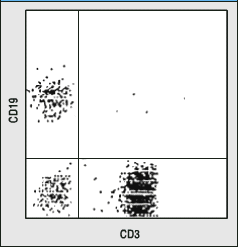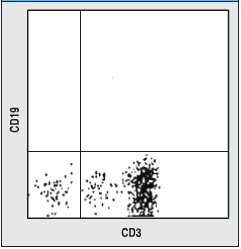
There is no time limit on this test, though I have tried to design one that you should be able to complete within 3 hours, except for typing. You are not allowed to use your notes, or any books, any electronic sources, nor are you allowed to discuss the test with anyone until all exams are turned in at 9:30 am on Monday February, 14. EXAMS ARE DUE AT CLASS TIME ON MONDAY FEBRUARY 14. You may use a calculator and/or ruler. The answers to the questions must be typed on a separate sheet of paper unless the question specifically says to write the answer in the space provided. If you do not write your answers on the appropriate pages, I may not find them unless you have indicated where the answers are.
-3 pts if you do not follow this direction.
Please do not write or type your name on any page other than this
cover page. Staple all your pages (INCLUDING THE TEST PAGES)
together when finished with the exam.
Name (please print here):
Write out the full pledge and sign:
How long did this exam take you to complete (excluding typing)?
I. Define these terms - 2 pts each. When the term is preceded by an asterisk (*), provide a specific example to further demonstrate your knowledge. These terms can be define succinctly so using a lot of words is not the best way to demonstrate your fluency with these terms.
1) b barrel
2) MIIC
3) * MHC restriction
4) * sandwhich ELISA
5) RAG-1
6) CLIP
7) immunohistochemistry
8) P-nucleotides
9) somatic hypermutation
10) HLA-DM
11) * hapten
12) * recombination signal sequence
13) MHC haplotype
14) proteasome
15) invariant chain
More thoughtful questions:
6 pts.
1) How many MHC molecules with different specificity does
a human B cell express? Explain your answer.
5 pts.
2) Explain the why one antibody can only bind one epitope
but one MHC can bind many different peptides.
15 pts.
3) Using this diagram as a starting place, draw what has to
happen in order to wind up with a functional immunoglobulin (your
choice of specificity and effector function). You must draw each
step that has to happen from DNA to protein. Keep your diagram
at the level of boxes for exons. Do NOT draw anything at the nucleotide
level for this question. Assume all the transciptional units have
the same orientation in this diagram. Make sure your drawings
take into account all the DNA before and after somatic recombination.

Figure taken from ImmunoBiology by Janeway et al., Forth Edition.
8 pts.
4) What are complementarity-determining regions?
How many are there on a Fab fragment?
Then what is the valence of a Fab fragment?
On which immunoglobulin domain of a Fab fragment would you find
a complementarity-determining region or regions?
8 pts.
5) Explain why it is impossible to predict the exact nucleotide
sequence within a coding joint. Your answer should include the
two major factors responsible for this unpredictability.
8 pts.
6) Is it possible for a B cell to make both membrane bound
IgG and secreted IgG, or is the membrane bound form always IgM
and IgD? Explain your answer.
8 pts.
7) Explain what aspect or aspects of the immune system is/are
working under these two different conditions:
a. superantigen toxicity
b. allogeneic organ transplant rejection
12 pts.
8) As you may remember, CD3 is a marker for T cells and CD19
is a marker for B cells. A ficol gradient was used to purify lymphocytes.
a. In general terms, how were the data below produced?
b. Interpret these data fully. Tell me what they mean.
c. What would your conclusion be for the person on the left and
right?


Figures taken from Case Studies in ImmunoBiology by Rosen and Geha, Second Edition.
Go to Answer Key for this Exam
Return To Immunology Main Page
Return to Immunology Reading Schedule
Go to Biology Course Materials
© Copyright 2000 Department of Biology,
Davidson College, Davidson, NC 28036
Send comments, questions, and suggestions to: macampbell@davidson.edu